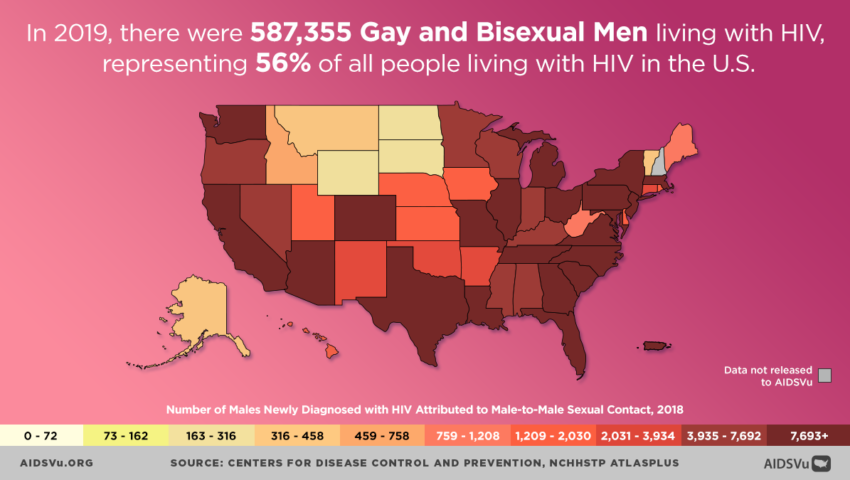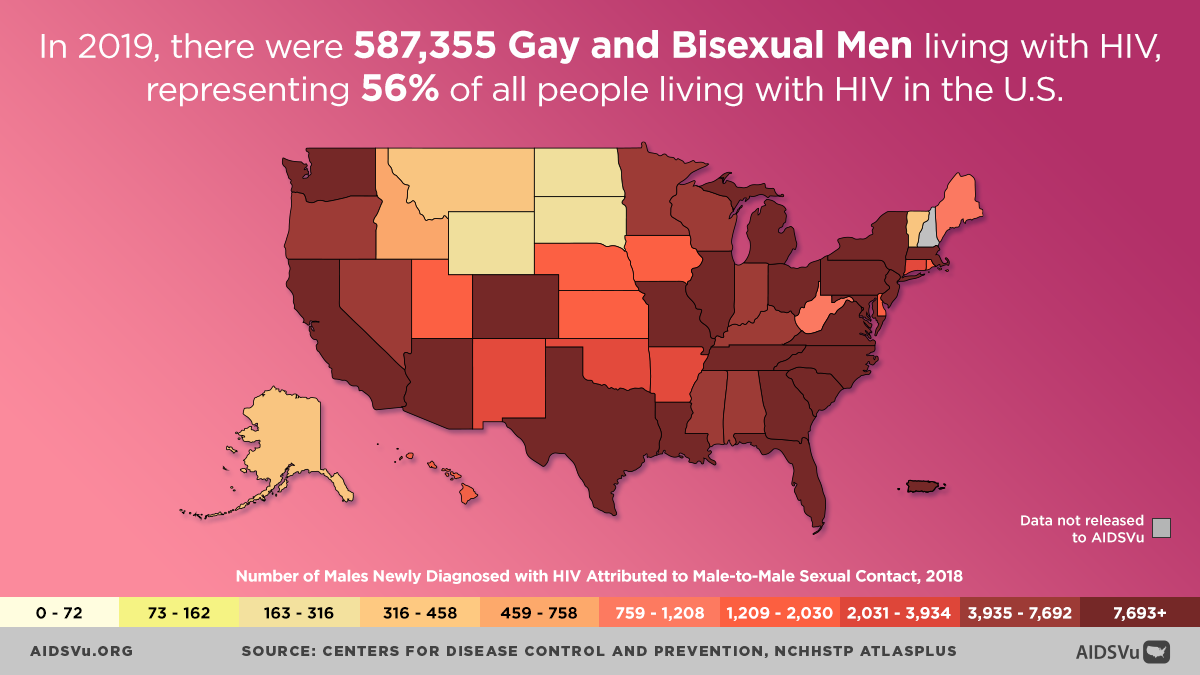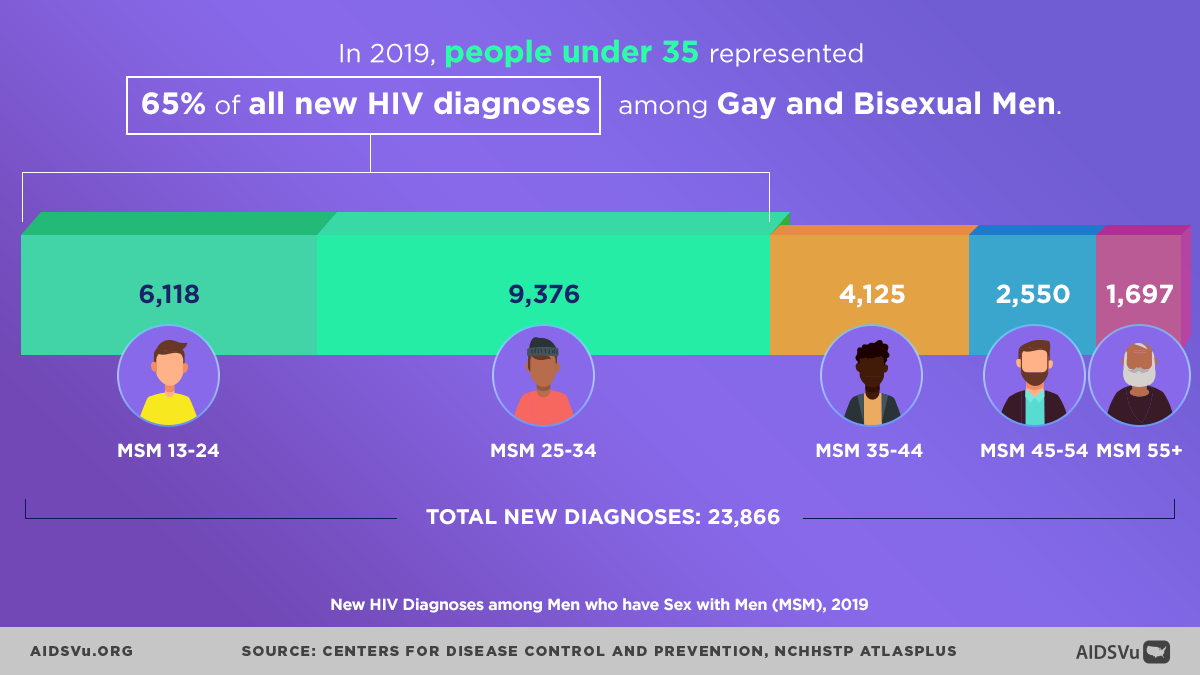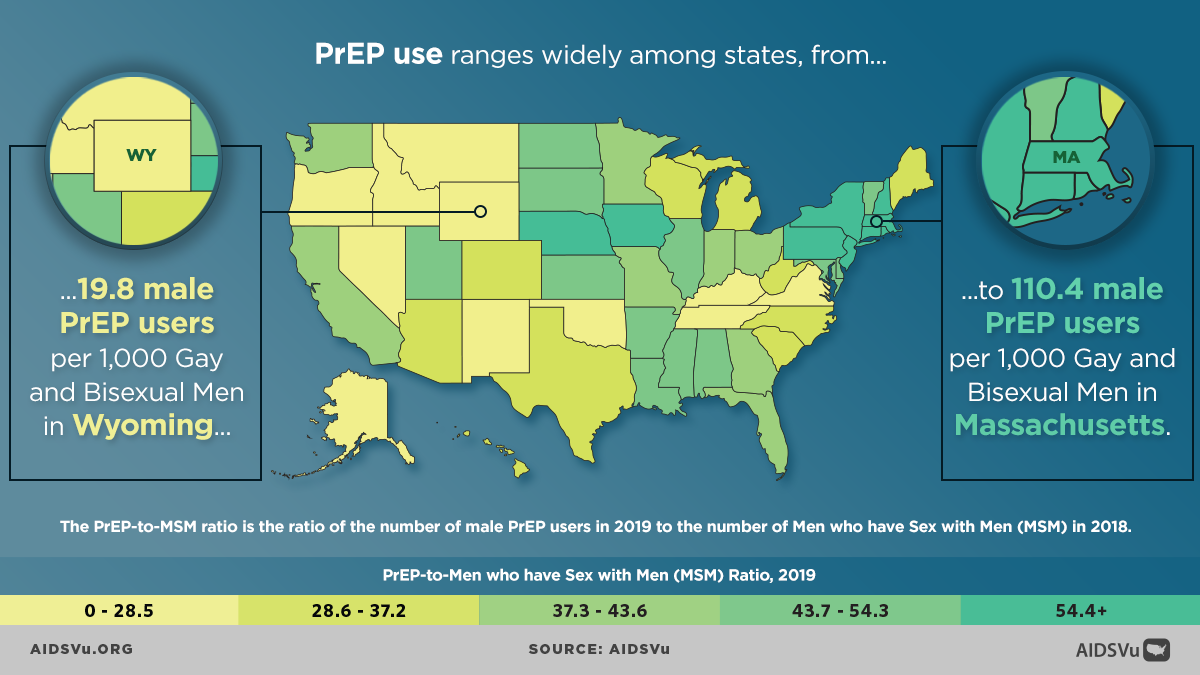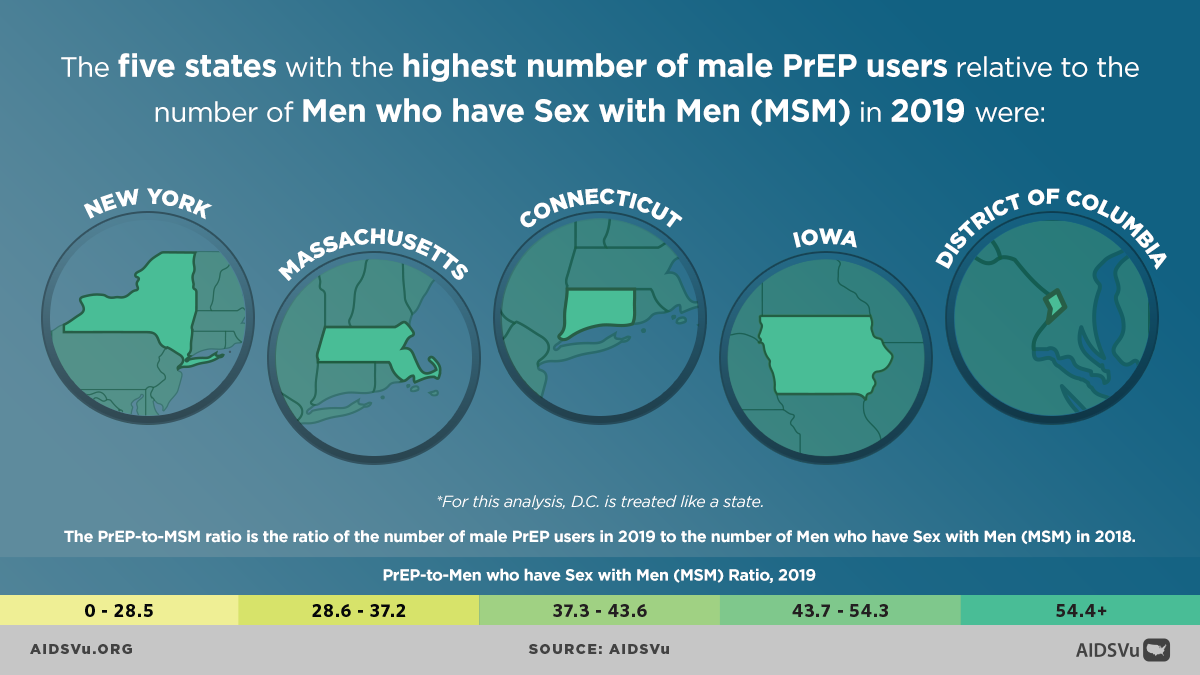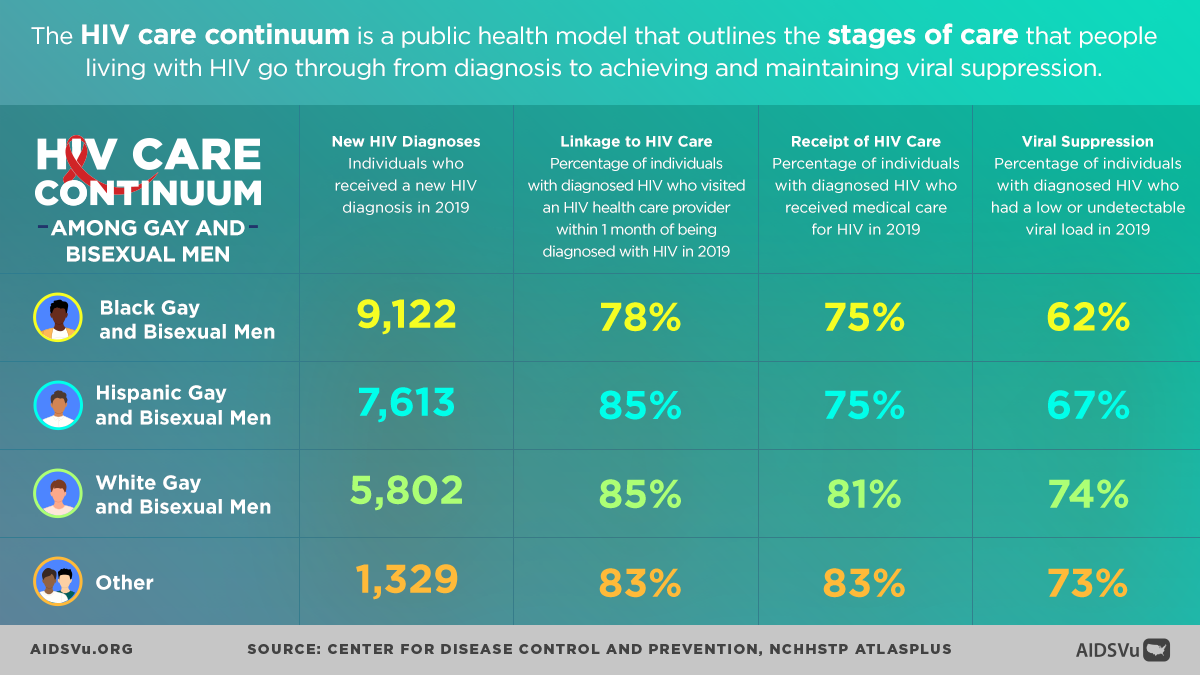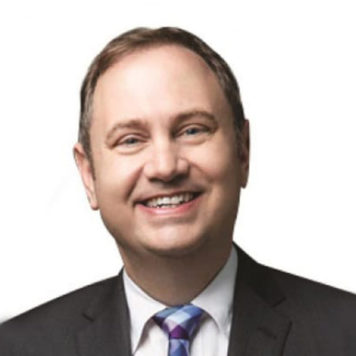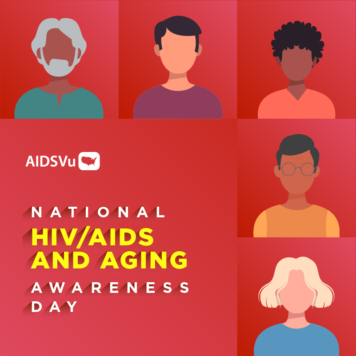September 27 is National Gay Men’s HIV/AIDS Awareness Day (NGMHAAD), a day to recognize the disproportionate impact of HIV on Gay, Bisexual, and other men who have sex with men (MSM), and to raise awareness about the importance of expanding access to HIV testing, prevention, screening, and treatment services.
Gay and Bisexual Men face multiple HIV prevention challenges, such as racism, discrimination, homophobia, and stigma, that put them at higher risk for HIV and prevent them from accessing quality health care that allows them to be aware of their status and take steps to improve their health. These factors are even more prominent for Gay and Bisexual Men of color. From 2008 to 2019, Black Gay and Bisexual Men and Hispanic/Latino Gay and Bisexual Men experienced a 2% decrease and 18% increase respectively in new HIV diagnoses, compared to a 34% decrease among white Gay and Bisexual Men.
Racial disparities are also visible along the HIV care continuum, a public health model that outlines the stages of care people living with HIV go through from diagnosis to achieving and maintaining viral suppression. In 2019, Black Gay and Bisexual Men and Hispanic Gay and Bisexual Men living with HIV had lower rates of viral suppression, 62% and 67% respectively, compared to white Gay and Bisexual Men living with HIV (74%).
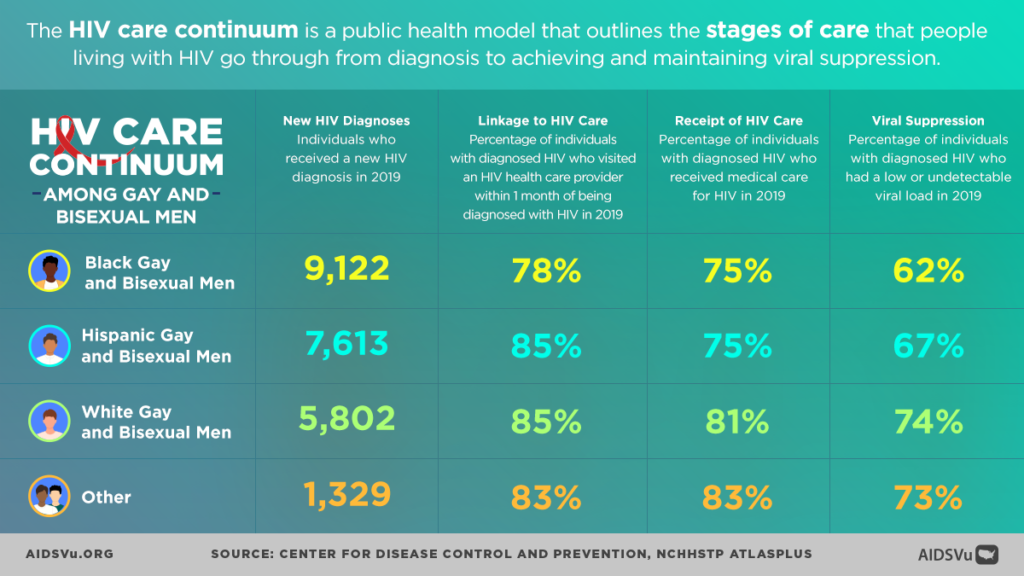
In addition to racial disparities, many Gay and Bisexual Men experience challenges in achieving and maintaining viral suppression due to disproportionate levels of homelessness, stigma, and a lack of mental health and culturally competent care that may prevent them from accessing treatment and necessary medications.
Pre-exposure prophylaxis (PrEP) is a tool that can be used to prevent HIV transmission. However, PrEP use varies widely across the U.S. For example, there are 19.8 male PrEP users per 1,000 Gay and Bisexual Men in Wyoming, compared to 110.4 male PrEP users per 1,000 Gay and Bisexual Men in Massachusetts. These regional disparities may be due to a lack of awareness or access to PrEP and stigma in healthcare settings against Gay and Bisexual Men – creating more barriers to care.
This NGMHAAD, AIDSVu is highlighting the importance of public health strategies to increase access to HIV testing such as self-testing kits and HIV decriminalization efforts that address the intersectionality of issues that Gay and Bisexual Men face.
*Prevalence data for the year 2019 are preliminary and based on death data received by CDC as of December 2020. Trends through 2019 should be interpreted with caution.
To learn more about how the HIV epidemic impacts Gay and Bisexual Men, explore our resources:
- Explore our local data profiles to learn about HIV/AIDS among Gay and Bisexual Men in your area.
- Find available HIV testing and care services near you or order at home self-testing with AIDSVu’s service locators.
- Read our expert Q&As to deepen your understanding of HIV among Gay and Bisexual Men.
- Share our infographics with your networks to raise awareness.

